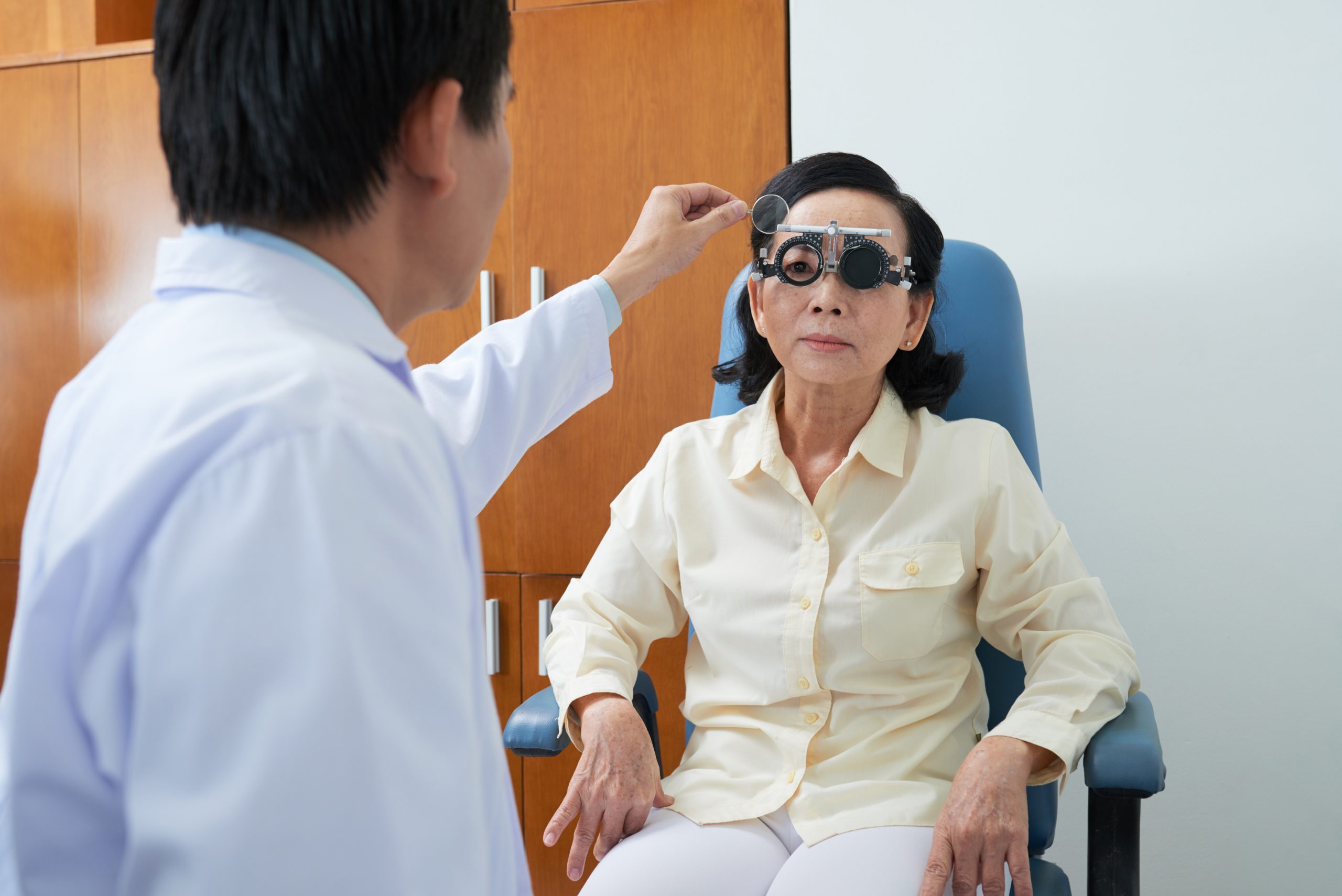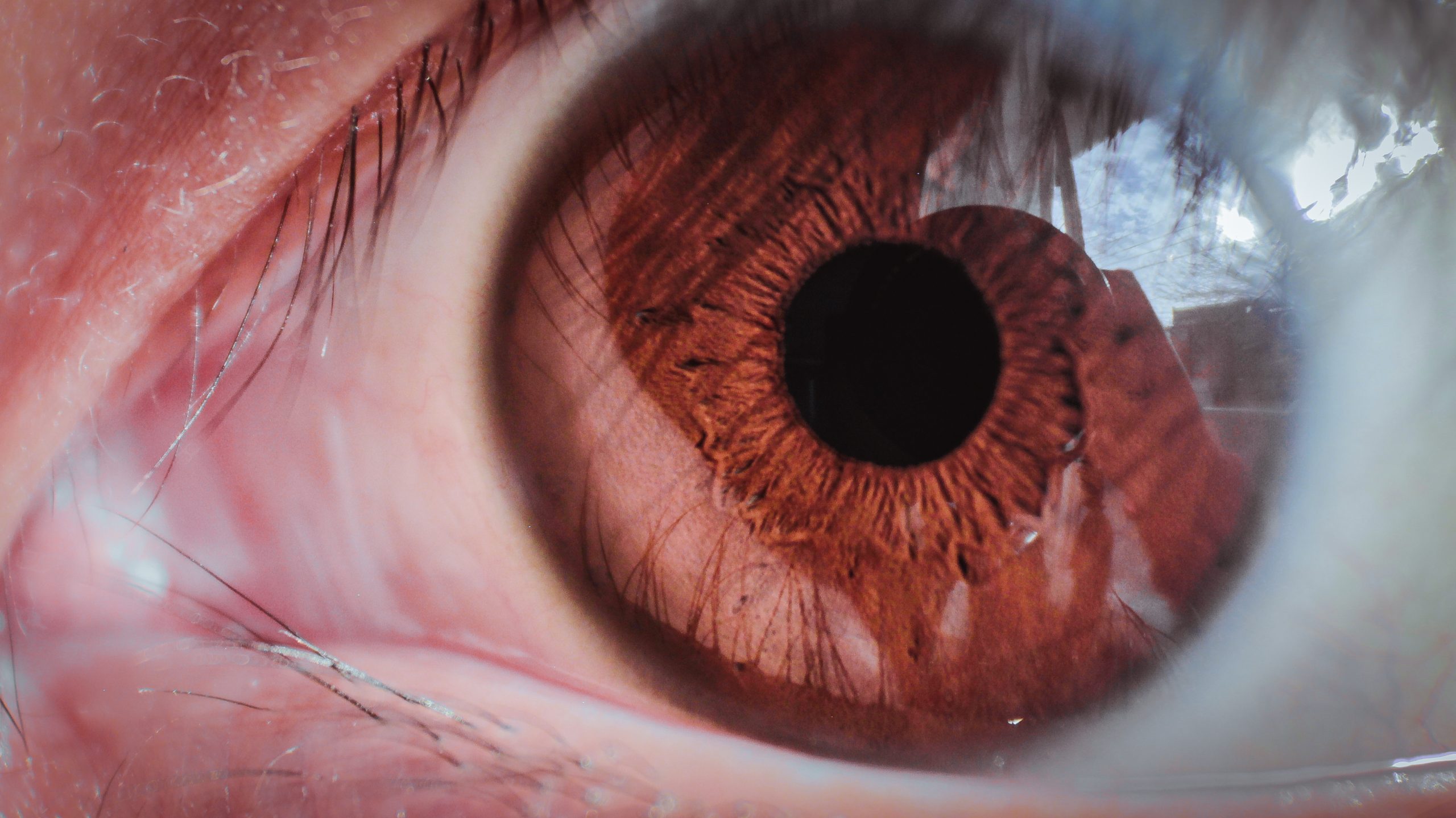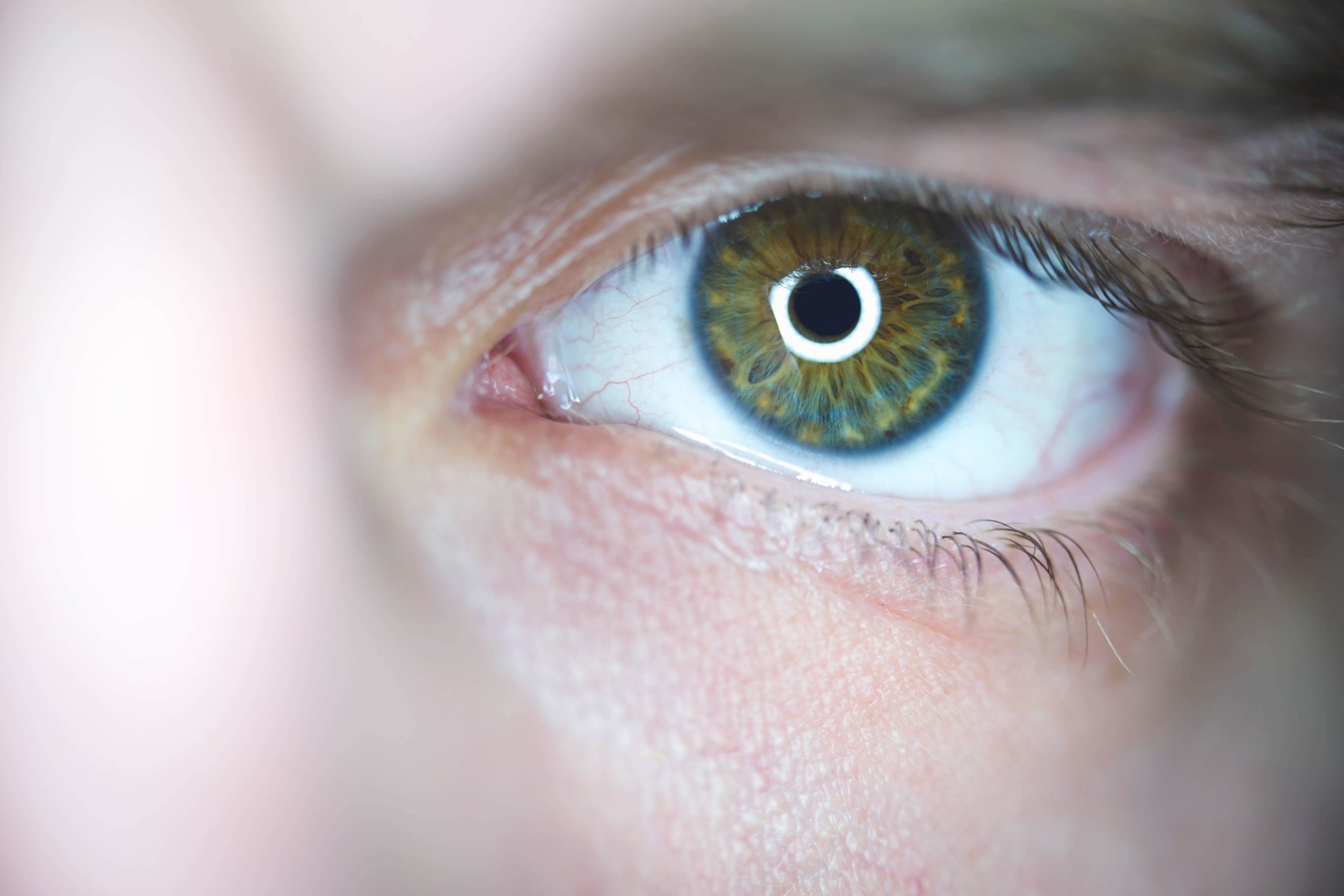Navigating Traumatic Optic Neuropathy
Introduction
Traumatic optic neuropathy (TON) represents a critical ocular condition resulting from head trauma, encompassing a spectrum of severity levels from mild vision disturbances to profound blindness. This comprehensive guide aims to provide an exhaustive understanding of TON, elucidating its multifaceted aspects including causative factors, presenting symptoms, diagnostic procedures, treatment modalities, and the crucial significance of prompt medical intervention.
Understanding Traumatic Optic Neuropathy
Traumatic optic neuropathy arises from trauma-induced damage to the optic nerve, the neural conduit facilitating visual information transmission from the eyes to the brain. Such trauma can result in a myriad of optic nerve insults including compression, shearing, or stretching of nerve fibers. The etiology of TON spans a diverse array of traumatic incidents such as motor vehicle accidents, falls from heights, sports-related injuries involving high-velocity impacts, physical assaults, or even certain surgical interventions affecting the orbit or skull base.
Unpacking Symptoms and Signs
The clinical presentation of TON is characterized by a heterogeneous array of symptoms and signs, the severity and nature of which often correlate with the extent of optic nerve damage. These manifestations include:
- Sudden Vision Impairment: Patients may experience partial or complete loss of vision in one or both eyes, typically occurring acutely following the inciting traumatic event.
- Visual Abnormalities: Blurred or distorted vision is commonly reported, accompanied by difficulties in discerning fine details or objects.
- Visual Field Defects: Peripheral vision loss or constriction, akin to tunnel vision, may manifest due to optic nerve compromise.
- Color Perception Alterations: Impaired color vision may occur, with patients experiencing difficulties in accurately distinguishing between different hues.
- Eye Discomfort: Ocular pain, discomfort, or pressure, particularly exacerbated by eye movements, may ensue as a consequence of optic nerve inflammation or associated injuries.
Diagnosing Traumatic Optic Neuropathy
The diagnostic journey for TON necessitates a meticulous approach, integrating clinical assessment with ancillary investigations to elucidate optic nerve integrity and functionality. Key diagnostic modalities include:
- Visual Acuity Testing: Utilized to quantify the clarity of vision, often revealing varying degrees of visual impairment.
- Visual Field Testing: Assessing the extent of peripheral vision loss or defects, crucial for delineating the functional impact of optic nerve damage.
- Pupillary Reflex Examination: Evaluation of pupillary responses aids in assessing optic nerve functionality and integrity.
- Imaging Studies: Computed tomography (CT) or magnetic resonance imaging (MRI) scans provide detailed anatomical visualization, enabling assessment of optic nerve integrity, presence of structural abnormalities, and identification of potential causative factors.
- Optic Nerve Function Tests: Sophisticated electrophysiological techniques such as visual evoked potentials (VEP) or electroretinography (ERG) may be employed to assess optic nerve conduction and retinal function, aiding in the diagnosis and prognostication of TON.
Treatment Approaches for TON
The therapeutic armamentarium for TON is multifaceted, with management strategies tailored to the individual patient’s clinical presentation, severity of optic nerve injury, and associated comorbidities. Treatment modalities encompass:
- Corticosteroid Therapy: High-dose corticosteroids, administered intravenously or orally, serve as the cornerstone of pharmacological management, exerting potent anti-inflammatory effects to mitigate optic nerve edema and inflammation.
- Observation and Monitoring: In cases of mild TON with relatively preserved visual function, a conservative approach involving close observation and serial monitoring of visual acuity, visual fields, and optic nerve function may be adopted to assess for potential spontaneous recovery.
- Surgical Intervention: Surgical decompression of the optic nerve may be considered in cases of severe TON with significant optic nerve compression or edema, aimed at relieving pressure on the nerve and restoring adequate blood flow to the affected tissues.
- Vision Rehabilitation: For patients facing irreversible vision loss secondary to TON, vision rehabilitation programs play a pivotal role in optimizing residual vision, enhancing functional independence, and facilitating adaptation to visual impairment through a combination of visual aids, adaptive techniques, and psychosocial support.
When to Consult a Doctor
The importance of timely medical consultation cannot be overstated in the context of TON, as early intervention holds the key to optimizing visual outcomes and mitigating long-term sequelae. Patients should seek medical attention promptly if experiencing:
- Sudden Vision Loss: Any abrupt onset of vision impairment or disturbances following head trauma warrants immediate evaluation by a qualified healthcare professional.
- Persistent Eye Discomfort: Ocular pain, pressure, or discomfort, especially exacerbated by eye movements, necessitates prompt medical assessment to rule out underlying optic nerve pathology or associated injuries.
- Visual Abnormalities: Any alterations in visual acuity, color perception, or visual field should prompt expedited consultation with an ophthalmologist or neurologist for comprehensive evaluation and management.
- Pupillary Abnormalities: Notable changes in pupil size, shape, or reactivity may signify optic nerve dysfunction or injury and warrant urgent medical attention.
- Failure to Resolve Symptoms: Persistence or exacerbation of TON-related symptoms despite conservative measures mandates reevaluation by a healthcare provider to reassess treatment strategies and explore alternative management options.
Conclusion
Traumatic optic neuropathy poses a formidable challenge to both patients and healthcare providers, necessitating a concerted effort towards timely recognition, accurate diagnosis, and effective management to optimize visual outcomes and mitigate long-term sequelae. By fostering a comprehensive understanding of TON’s multifaceted aspects, individuals can take proactive steps towards seeking timely medical consultation, thereby facilitating early intervention and maximizing the likelihood of favorable outcomes. Collaborative interdisciplinary care involving ophthalmologists, neurologists, trauma specialists, and rehabilitation professionals is paramount for ensuring comprehensive management and support for patients impacted by TON, thereby fostering a holistic approach towards restoring vision and enhancing quality of life.
World Eye Care Foundation’s eyecare.live brings you the latest information from various industry sources and experts in eye health and vision care. Please consult with your eye care provider for more general information and specific eye conditions. We do not provide any medical advice, suggestions or recommendations in any health conditions.
Commonly Asked Questions
While it may not be entirely preventable, taking precautions to minimize the risk of head trauma, such as wearing appropriate protective gear during sports or adhering to safety protocols in hazardous environments, can help reduce the likelihood of TON occurrence.
It is crucial to seek immediate medical attention following head trauma if experiencing symptoms such as sudden vision loss, visual disturbances, or eye pain, as early intervention can significantly impact outcomes.
Engaging in activities with a higher risk of head injury, such as contact sports or occupations involving physical trauma, may increase the likelihood of experiencing TON.
While not as common as other ocular conditions, TON can occur following various types of head trauma, making it important to be aware of its symptoms and seek prompt medical attention if necessary.
Symptoms include sudden vision loss, blurred or distorted vision, visual field defects, color perception alterations, and eye discomfort or pain, especially with eye movement.
In severe cases, TON can lead to permanent vision loss or impairment. However, the prognosis varies depending on factors such as the extent of optic nerve damage and the timeliness of medical intervention.
Treatment may include corticosteroid therapy to reduce inflammation, observation and monitoring for mild cases, surgical decompression for severe cases, and vision rehabilitation for those with permanent vision loss.
Diagnosis involves a comprehensive eye examination, including visual acuity testing, visual field testing, pupillary reflex examination, imaging studies (CT or MRI), and optic nerve function tests (VEP or ERG).
The extent of reversibility depends on factors such as the severity of optic nerve damage and promptness of medical intervention. In some cases, partial or full recovery of vision may occur, while in others, vision loss may be permanent.
TON can be caused by various traumatic incidents such as motor vehicle accidents, falls, sports injuries, physical assaults, or certain surgical procedures involving the orbit or skull base.
news via inbox
Subscribe here to get latest updates !








